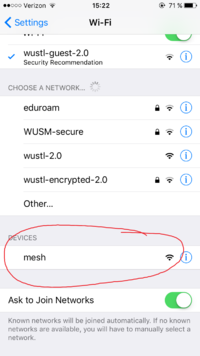Based on this article (http://ieeexplore.ieee.org/stamp/stamp.jsp?tp=&arnumber=6060057&tag=1), we should be able to use an 802.11a driver to mimic a worst case scenario 802.11p driver. The paper concludes that with minor software adjustments,
VANET solutions that are validated using this approximation will also work on real hardware with better signal quality. As long as experimenters are aware of the limitations of the presented solution, it can be successfully applied as a cost-effective tool for VANET research.
We therefore need not find an 802.11p module - a more common 802.11a module will do.
Unfortunately, finding an 802.11a module is also surprisingly difficult. However, an 802.11n module should be able to operate in 802.11a mode because they share the same frequency (5GHz). This means an 802.11n module should suit our needs, as long as we can modify the device driver to make the minor adjustments the above paper discusses. Directly below is an example of such a driver.
https://www.canakit.com/raspberry-pi-wifi.html
In addition to supporting 802.11n operation, the dongle must also support ad hoc mode. This is because that seems to be the best way to set up a network mesh among multiple raspberry pis. Instructions for doing so can be found at the following link:
http://www.ericerfanian.com/mobile-mesh-networks-with-the-raspberry-pi-part-1/
Using an ad-hoc network mesh seems to be the best available solution. DSRC/WAVE, which nearly every source cites as the way to send emergency communications between cars, is an ad hoc network (https://www.hindawi.com/journals/jat/2017/2750452/). Such a network does not rely on external routers, so even if the cars lose internet access, they can still communicate with one another.




